Astronomy
Astronomy is the study of the universe. Astrophysicists explore celestial bodies using advanced technology to understand their properties, origins, and evolution.
What defines the universe and life within it? How do physics, chemistry, biology, and astronomy interact? Discover how these fields unravel the processes of matter and life, address challenges in our world, and deepen our understanding of the cosmos.
Discover boundless opportunities for growth in the biological and biomedical sciences at IBiS.
Astronomy is the study of the universe. Astrophysicists explore celestial bodies using advanced technology to understand their properties, origins, and evolution.
Biology is the study of life, from the smallest molecules to the largest ecosystems. Biologists investigate living organisms, their interactions, and their role in the world.
The undergraduate chemistry program offers courses to prepare students for careers in chemistry, medicine, or teaching.
The Integrated Sciences Program (ISP) is a rigorous major for science students. Since 1976, ISP has offered a customized curriculum combining math and science.
Physics is the study of the fundamental laws governing the universe. Physicists explore everything from the cosmos to the subatomic world, seeking to understand the nature of matter, energy, space, and time.
Check out some examples of courses that seek to understand the complexities of the physical and life sciences.
As a student, you can delve into the study of the physical and life sciences through interdisciplinary coursework, internships, community projects, and extra-curricular activities. You also can collaborate with faculty on cutting-edge research.
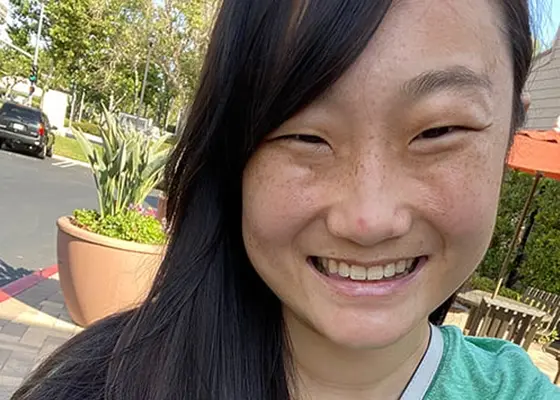
Yujia Ding, who holds a BS in Biological Sciences (Genetics and Molecular Biology) and an MS in Interdepartmental Biological Sciences, transferred to Northwestern from UCLA.
"I transferred to Northwestern because of the incredible undergraduate research opportunities the campus has. The minute I set foot on campus, I immersed myself in research. The experience I had in research was transformative. I not only had an incredibly supportive mentor, I learned not only about my research but more about myself as an academic scholar and scientist. Not to mention, the campus is gorgeous, and the surrounding neighborhood of Evanston is welcoming and inviting."
Astronomers and Northwestern students have been visiting the Dearborn Observatory since 1887. At the time, it was the most powerful telescope in the world. Today, the observatory is used for teaching and outreach purposes, with weekly tours open to the public. Visit the Department of Physics and Astronomy website.
Get to know some of our dedicated professors who are passionate about teaching and nurturing your success as a student.
Omar Farha, Charles E. and Emma H. Morrison Professor in Chemistry, thinks lab experience is critical for students determining their academic paths, and he works with many undergraduates in his nanoporous materials science research.
How do stars evolve and why do they ultimately explode? The astronomy professor, who uses telescopes in his research, studies this fascinating life cycle alongside student researchers.
Jason Wang, assistant professor of physics and astronomy, discusses his experience with aerial arts and the value of hobbies.
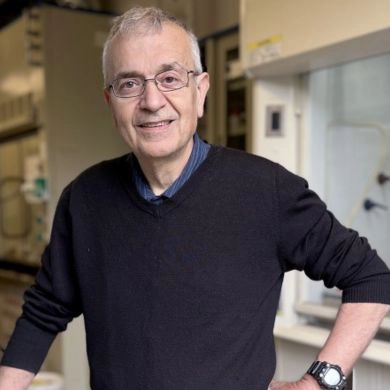
Professor Kanatzidis, the Charles E. and Emma H. Morrison Professor of Chemistry in Weinberg College, is a senior scientist at Argonne National Laboratory known for his groundbreaking work in alternative energy technologies. He has made significant contributions to the field, including the discovery of a new mineral, a chalcogenide, called kanatzidisite in recognition of Kanatzidis’ significant contributions to chalcogenide chemistry.
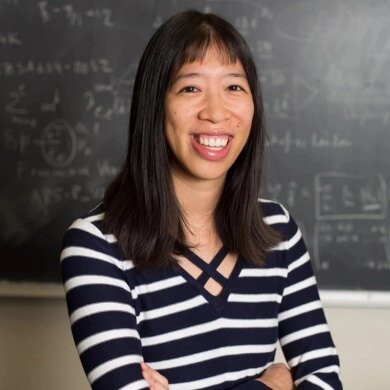
Professor Fong researches the universe’s fastest explosions, known as transients, which include short gamma-ray bursts (SGRBs) and fast radio bursts (FRBs). Her research group seeks to understand what powers these events and what types of host galaxy environments give rise to them and uncover the nature and composition of material ejected from the explosions. When Fong entered the field, the origins of SGRBs were uncertain. Now, due in part to her research, astronomers suspect SGRBs might be generated by colliding neutron stars or black holes.
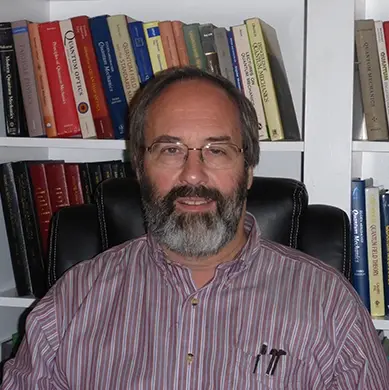
Professor Gabrielse is known for delivering the most precise measurement of a property of any elementary particle. At the part per trillion level, the measurement improves the previous result – a 15-year-old discovery also made by a Gabrielse-led team – by a factor of two. Physics, the publication tracking groundbreaking results in the field, called his group’s work “a triumph for fundamental physics.”

Professor LaBonne, an expert in the field of developmental biology, explains: “In evolutionary biology, if you want to understand where a feature came from, you can’t look forward to more complex vertebrates that have been evolving independently for 500 million years. You need to look backwards to whatever the most primitive version of the type of animal you’re studying is, which leads us back to hagfish and lampreys — the last living examples of jawless vertebrates.”
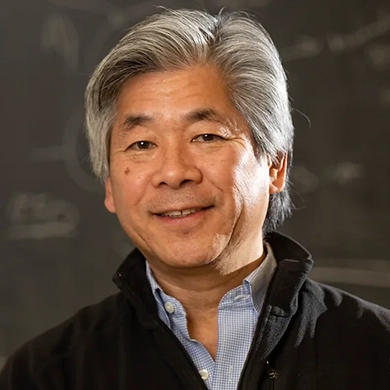
MProfessor Morimoto, the Bill and Gayle Cook Professor of Biology and director of the Rice Institute for Biomedical Research in Northwestern’s Weinberg College of Arts and Sciences, is an expert on the cellular response to damaged proteins. His research in the growing field of geoscience seeks to understand the genetic, molecular, and cellular mechanisms that make aging a major risk factor and driver of common chronic conditions and diseases of older people.
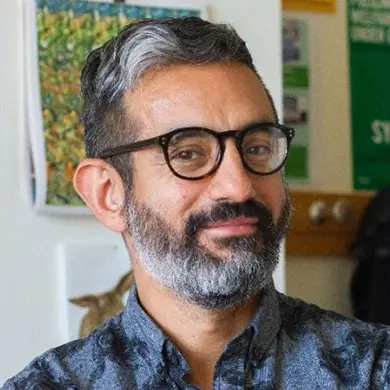
Professor Vinces studies the molecular biology of fungi and the evolution of gene expression. He also serves as a college adviser, promoting equity and inclusion for students across Weinberg College. He works with campus organizations to encourage participation and foster inclusion for underrepresented students in STEM, especially first-generation, lower-income, DACA, LGBTQ, and Latinx students.
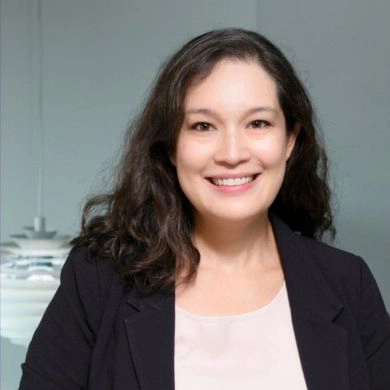
Professor Kalow’s research aims to control the synthesis and properties of polymeric materials through physical organic chemistry, specifically using light. Using two distinct approaches – materials-inspired reaction discovery and reactivity-driven materials discovery – her research group develops new synthetic transformations and tunes the properties and functions of soft materials. The guiding principle of her research is employing a detailed understanding of reaction mechanism to drive optimization, discover new opportunities, and uncover general insights.
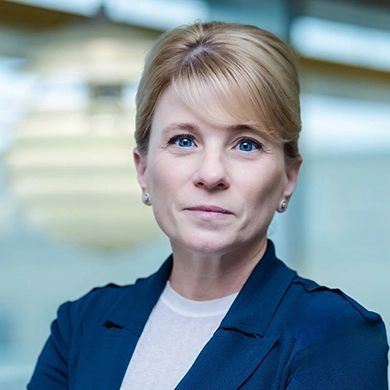
Professor Kelley is the Neena B. Schwartz Professor of Chemistry and Biomedical Engineering at Northwestern, and president of the Chan Zuckerberg Biohub in Chicago. The goal of her research is to develop new tools for the diagnosis of disease and the development of new disease therapies. Her work integrates nanoscience, bioanalytical science, and engineering, utilizing cutting-edge techniques like CRISPR screening to focus on areas including nucleic acid detection, circulating cancer cell detection, and high throughput omics approaches for cell-based and molecular therapies.

Professor Sargent's groundbreaking research has revolutionized engineering applications. His work on energy harvesting, light sensing, and medical diagnosis has global impact. As an international collaborator, he focuses on solving challenges facing our planet. His research on perovskites, colloidal quantum dots, and luminescent solar concentrators has significantly increased their efficiencies, contributing to clean, renewable, and affordable energy solutions.
Explore student clubs, internships, and campus resources.
In Weinberg College's monthly podcast, Weinberg alumni share their career experiences. Listen to what they have to say about the study of physical and life sciences.

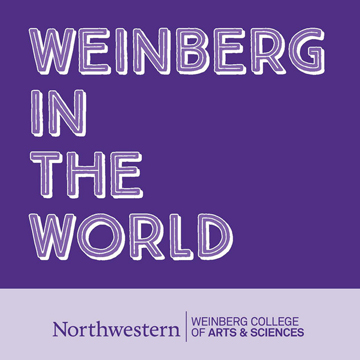
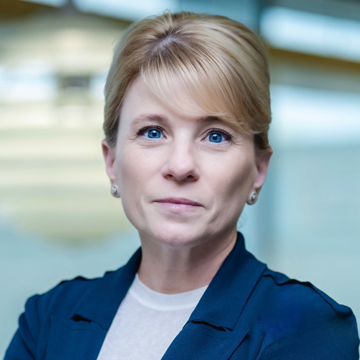
This course is focused on the molecular/cellular mechanisms underlying cancer initiation and progression. Students are expected to have a thorough understanding of molecular and cell biology before taking this class. Various mechanisms controlling cell proliferation, signal transduction, DNA damage repair, cell fate decisions and cell-cell communications will be discussed. Topics will also include nature/hallmarks of cancer and current strategies for cancer treatment. The goal of this course is to have a rich intellectual exchange of ideas while taking an in depth look at the molecular causes of cancer.
Synthesis, characterization, assembly, and physical properties of controlled dimensionality nanomaterials focusing on metals, semiconductors, oxides, and polymers. Topics will include interfacial phenomena and particle stability, nano-forms of carbon, and applications-driven material design.
This course will use magic tricks, illusion, and deception to discuss the rarely explored but often surprisingly flexible boundaries of what is physically possible.
This course provides an introduction to modern cosmology, the science of the origin and evolution of the universe. We will cover the standard Big Bang model, including: calculations in an expanding universe, the thermal history of the universe, Big Bang nucleosynthesis, the cosmic microwave background, and cosmic inflation.
Basic principles of aqueous geochemistry applied to geologic and environmental problems. Topics include thermodynamics, kinetics, acids and bases, pH and alkalinity, carbonate equilibria, surface phenomena, redox chemistry, chemical weathering, and numerical modeling.
This course is an analysis of ethical and political issues related to health and health care. Topics to be considered include human research, abortion, euthanasia, genetic engineering, and public health ethics. We will devote special attention to ethical issues arising due to the COVID-19 pandemic.
Interdisciplinary course examining global energy use and associated challenges, including the history of energy use, the science of climate change, and technological, economic, and environmental aspects of various energy sources.
Green chemistry, as defined by the EPA, involves designing chemical products and processes that reduce or eliminate hazardous substances and energy consumption. This course explores the economic, health, and regulatory factors behind green chemistry, emphasizing real-world case studies to guide socially conscious decisions. It focuses on the philosophy of chemistry in the 21st century.
Fossils capture the 3.8 billion-year history of life, with extinct species making up 99% of all that ever lived. They offer insights into evolution and ecosystems not visible in living organisms. This course introduces paleobiology, exploring fossils, evolutionary trends, paleoecology, and biogeography. We'll study how life and ecosystems have changed over time, the processes that preserve fossils, and how scientists infer biological processes from the often biased fossil record.